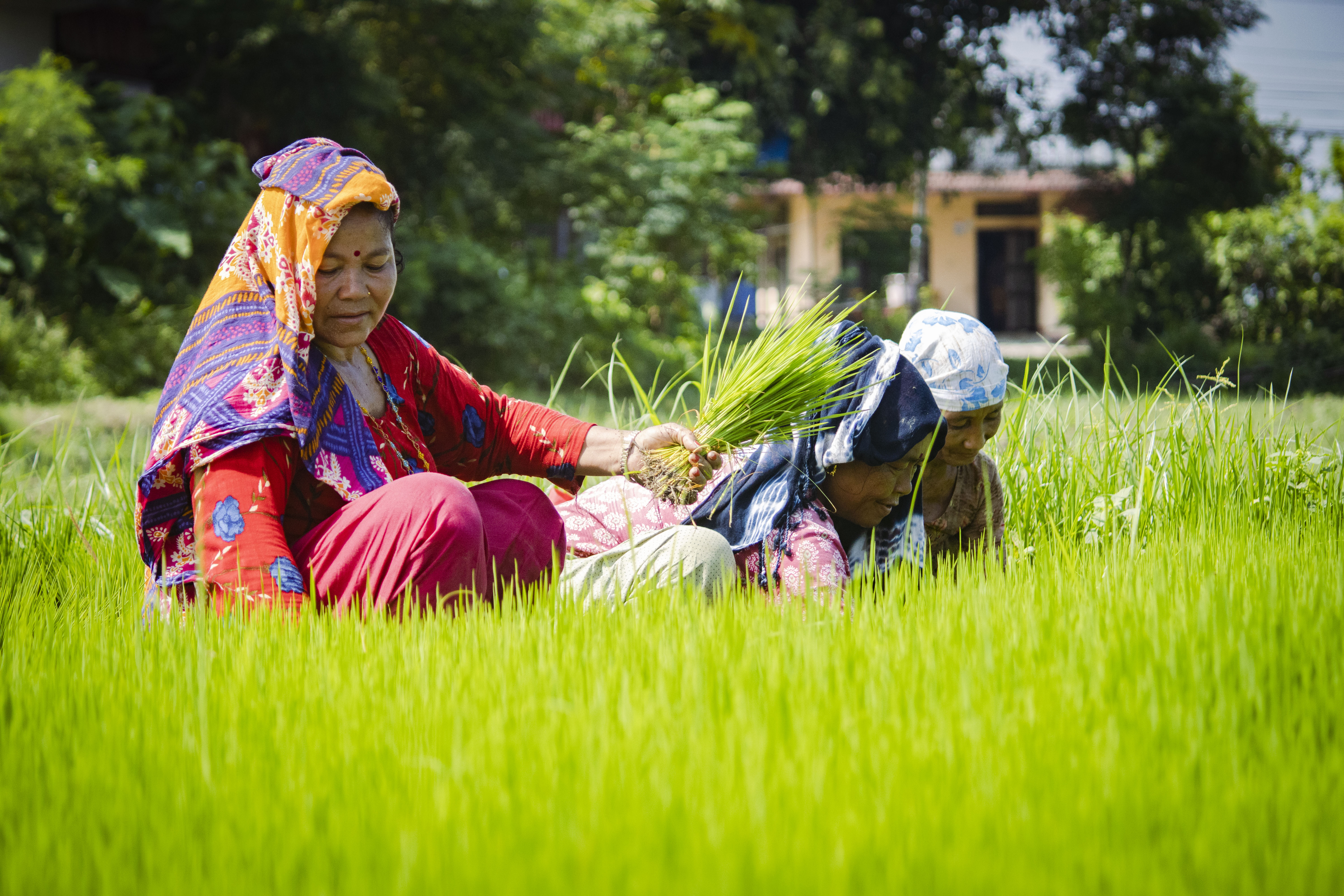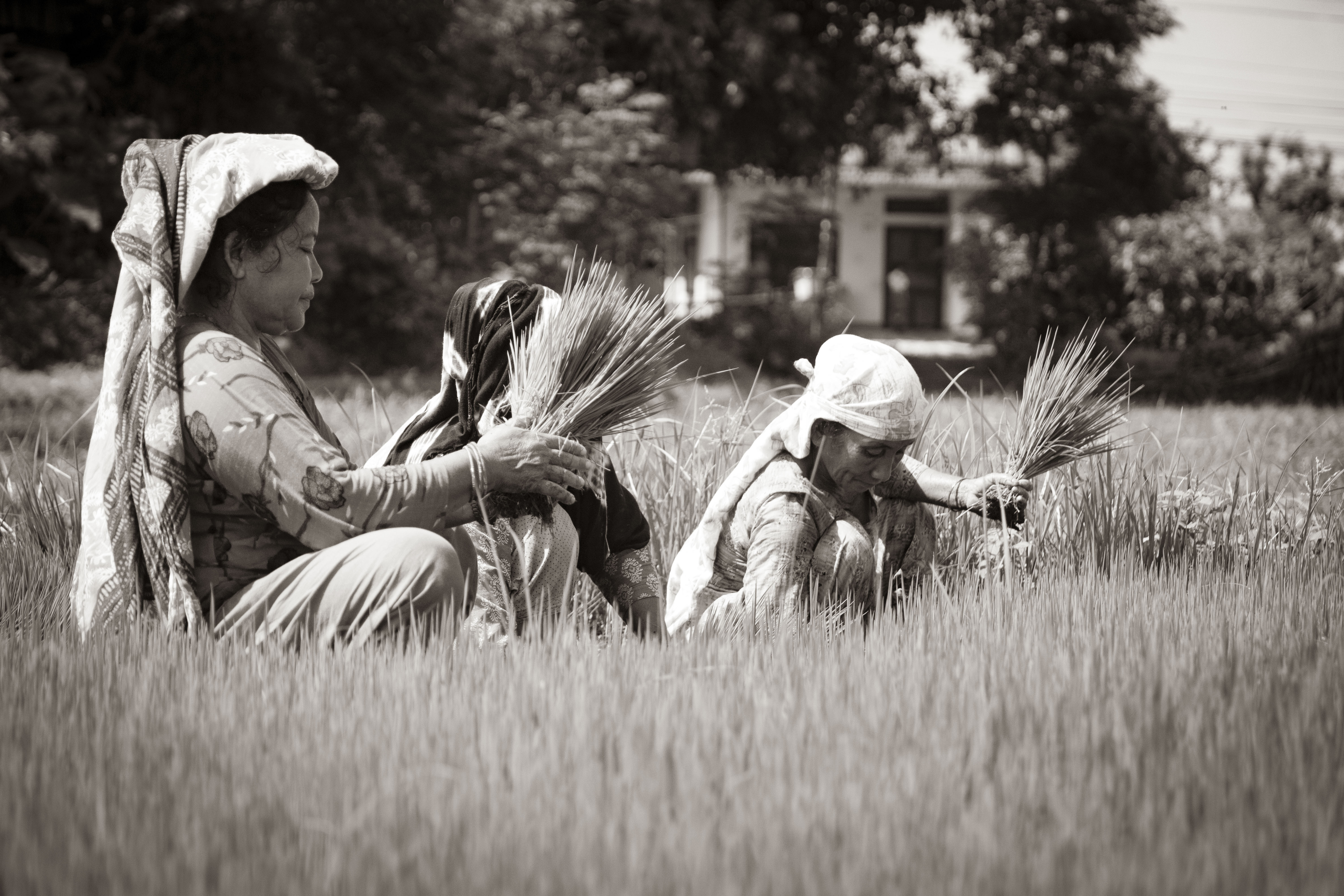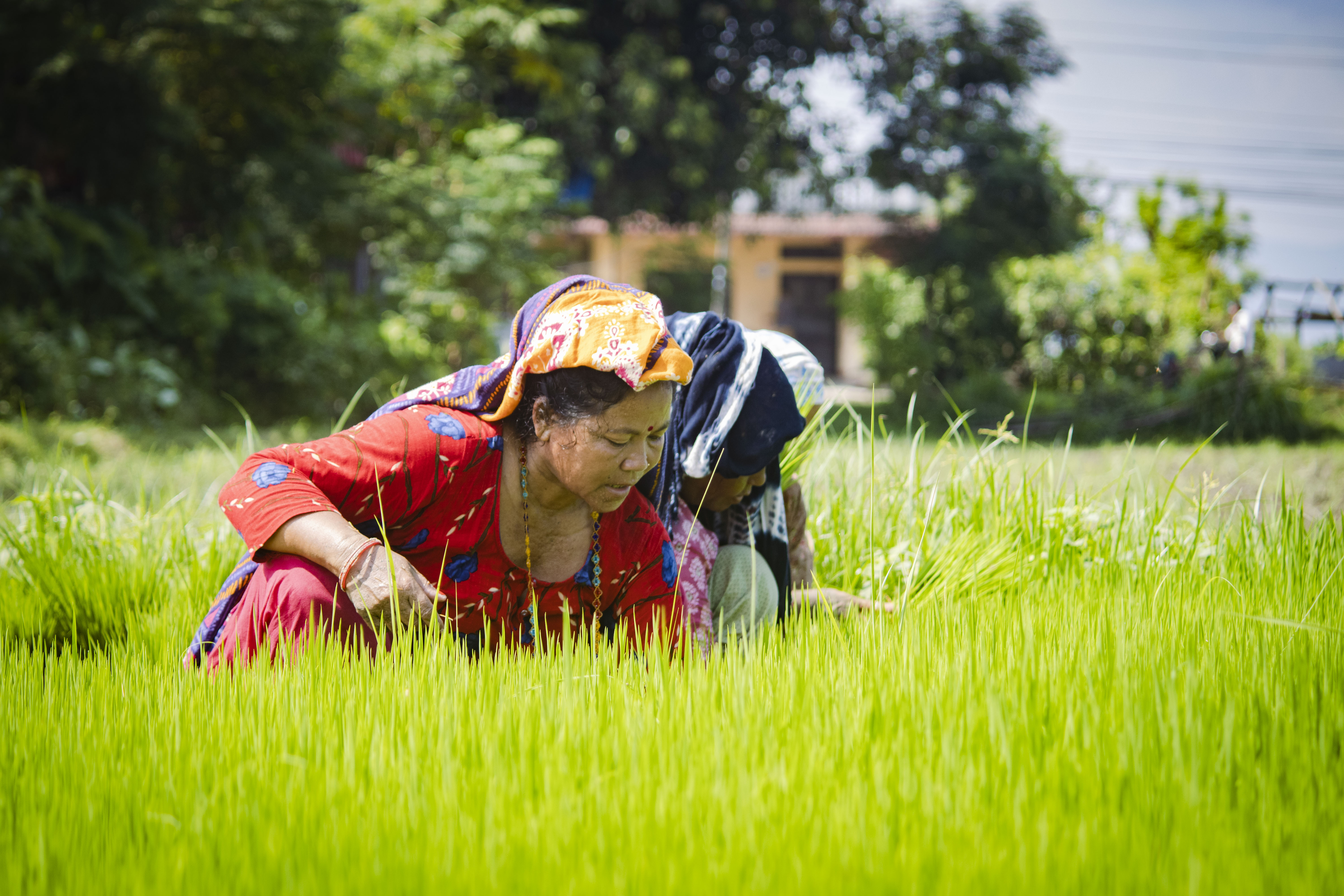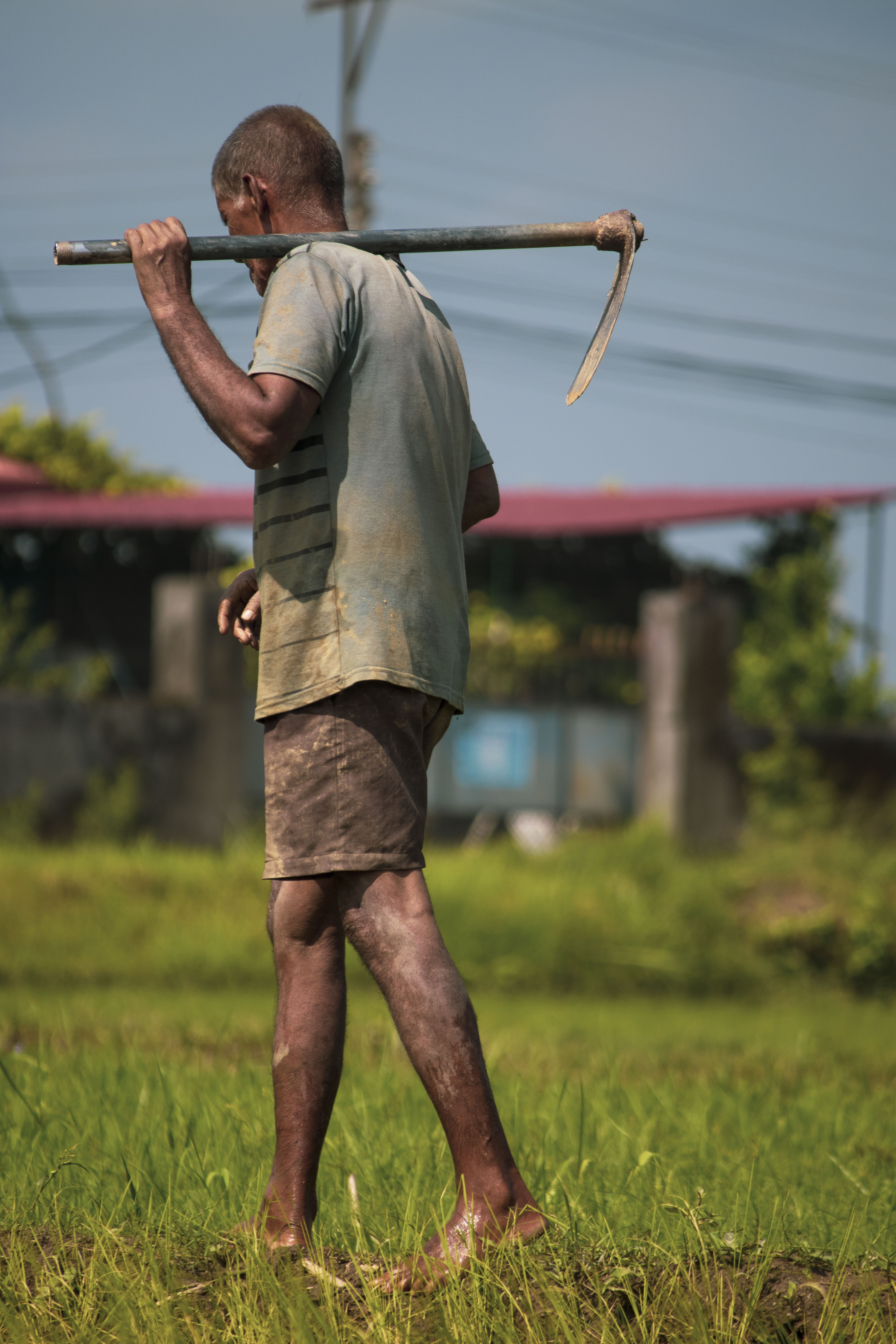Monsoon and Pre-Rice Plantation.
It's the month of rice plantation here in Nepal. With the start of July, the monsoon goes to its peak. And, the farmlands are prepared for the rice plantation.
Before four weeks of the main phase, the old seedlings are grown in a limited spot which later is handpicked and is made into bouquet. Two or three plants are stranded one at a time and are dug into the farmland after the farmland is prepared.
In the rural or small town outskirts, the labor involved in rice plantations is based according to the community barter system(Where families barter their labor for each other) However, these days things are quite different.
It's also the time for the celebration and playing of the mud in the farmland. It's the start of greenery and also rice grown at this time is the main cash and food crop of Nepal.







It's interesting that ladies usually pluck the grown plants and during this time, the men prepare the farmland. Managing the water amount in the farmland, making nice edges around the corner for the storage of water, etc. goes on the men's side of work during plantation.
The next day(usually) after this process is the main event of the rice plantation.
The one-month procedure mostly relies on the monsoon. However, the adaptation of modern water pumps, and tractors, is facilitating the supply of water on the land. Mostly, the plains of Nepal are favorable for plantation but rice is grown in the hills with terrace farming as well.
I am glad to share the beautiful people during their work for livelihood. Hope you enjoyed going through the blog.
beautiful pictures mate :3
@tipu curate
Upvoted 👌 (Mana: 20/50) Liquid rewards.
Thank you so much @woelfchen 💫
The monsoon vibes gets beautiful capture for me. :D
You got some excellent shots. I really feel the vibrancy and challenges of life in these shots.
Thank you so much. Means alot.
The heavy rain is bringing the lusty greenery. Pure time.
All that manual labor; it must be so intense. And it's crazy to imagine it's still done manually even with all the modern tech.
That's right. And, it's seasonal work as well. The way it's done is something that keeps up the jobs alive in the rural areas here. Hopefully, hardship will eradicate with time in farmer's world.
I have a question though: are there any labor laws? Or they settle the wages directly between workers and farmers?
I believe most of the manual labor in Brazil was killed with labor regulations. It's cheaper to finance machines than going through the bureaucracy.
There are labor laws. The minimum wage is set up by the government and above that is based on mutual consensus.
It still prevails here and is more considered a part-time job in farming.
Gotcha! Yeah, just like here it seems. We also have some seasonal farming jobs, like fruit picking in major farms, that don't enter the minimum wage law.
oh, okay. So, the wages are determined by the price changes of fruits in the market?
They pay according to the labor supply. Last summer they were paying really good for peach pickers as it was hard to find workers -- i guess they pay X amounts for a box full of fruit; the faster you are, the more you earn.
This means the fruit demands are well occupied in the market. We don't do much fruit here, it's mostly the apple but in the lower Himalayas. (community grows it up there and sets market)